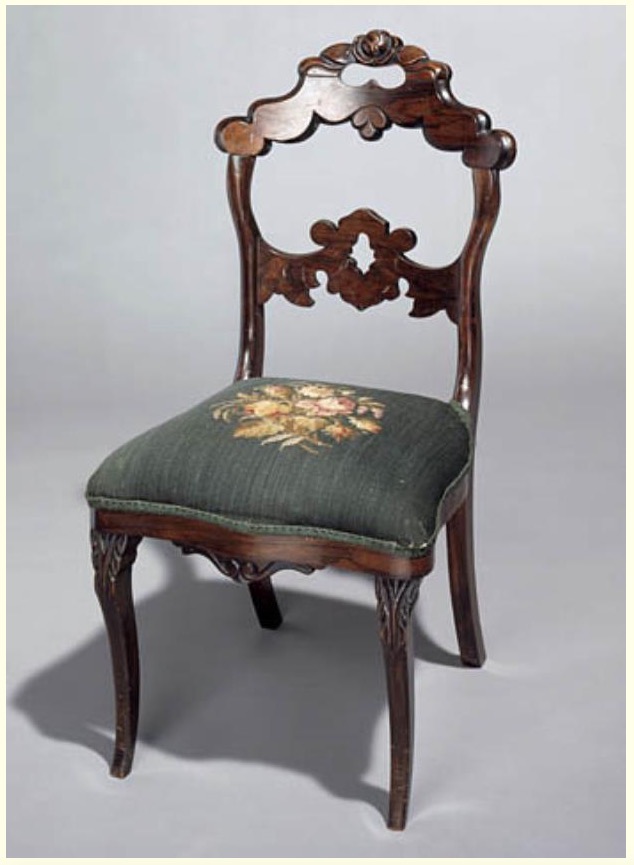Ca. 1801-1861
Do you have a favorite piece of furniture in your house?

Is your bed your favorite place? Or is there a couch or a chair you enjoy sitting on? Do you enjoy sitting around a dining table with your family? Do you have any idea where the furniture in your house came from? Maybe it was a gift from another family member or friend. Or purchased at a store near your home. Many people who lived in North Carolina in the early 1800s only wanted to buy furniture from one person. That person was Thomas Day
Thomas Day was a free man of color and a well-respected businessman across the state. He was born as a free person in Virginia. And because he was born free, he was required by law to learn a trade. His father, also a free person of color, was a cabinet maker. So Thomas learned the furniture making trade from him.
Thomas relocated to Milton, North Carolina with his wife and children and set up his own shop in 1827. His furniture company became very successful. He designed and built chairs, dressers, tables, and beds. He worked in the style popular in his time but added his own unique artistry and design to it. Thomas Day’s furniture demonstrated a person’s wealth and good taste. At one point, his shop employed 14 people. You may also be surprised to learn that Day himself owned enslaved people.
The quality and popularity of his work allowed him to overcome many of the racial barriers of the time. Many wealthy North Carolinians purchased his pieces because of their beauty. And historians believed that he was part of the elite social community.
Before his business faced financial trouble in 1856, he was the number one craftsman in the state. One of the state's governors, David Reid, ordered almost 50 pieces from Day. Day unfortunately had to sell his shop, and he died in 1861. But many of his pieces have survived. Some of them are located at the North Carolina Museum of History in Raleigh, North Carolina.
If Thomas Day could make a piece of furniture for you, what would you ask him to build for you or your family?